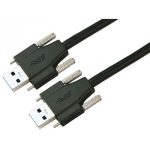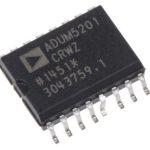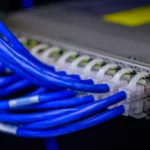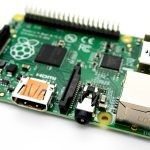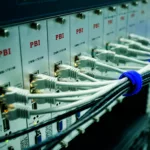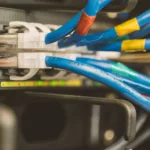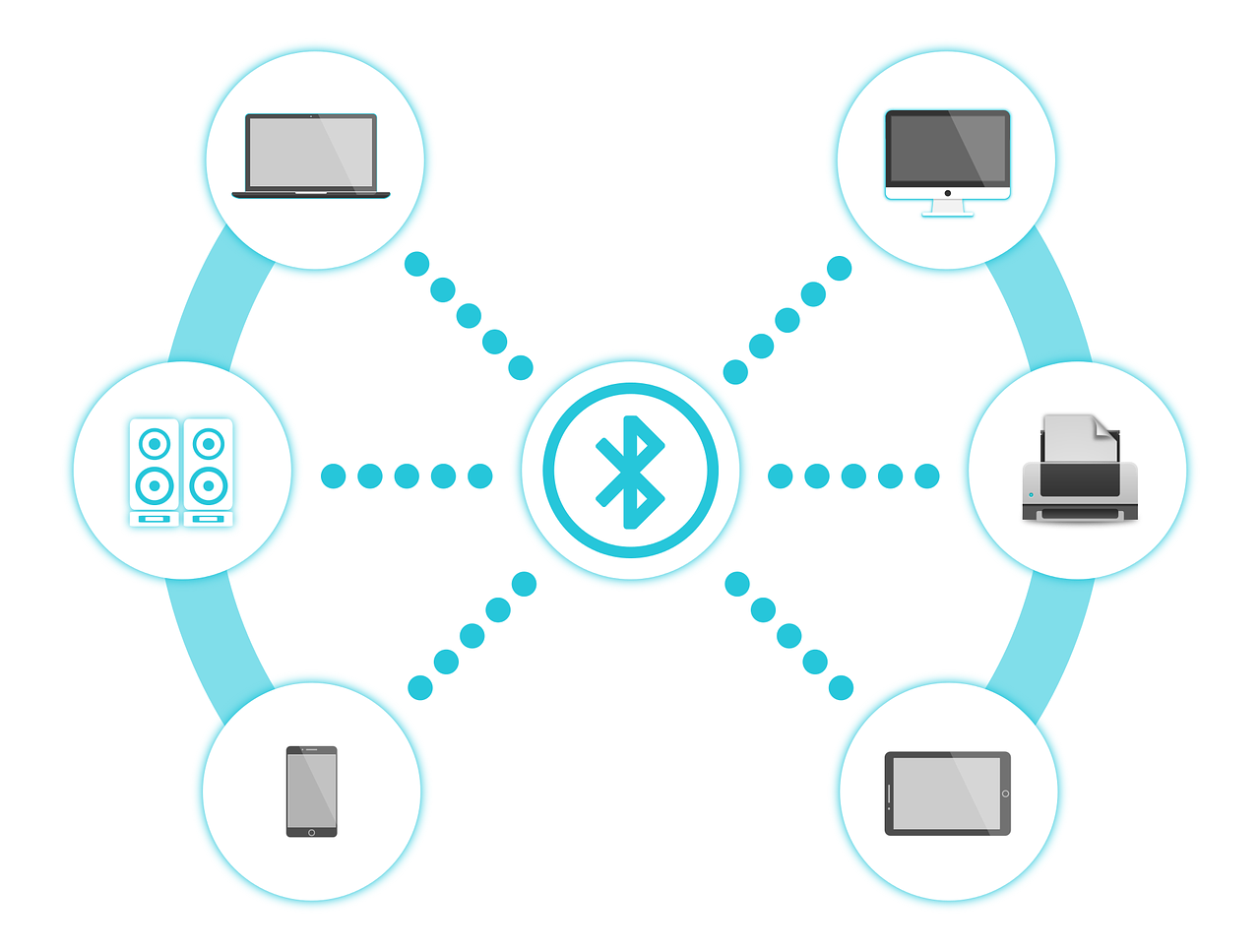
Open source
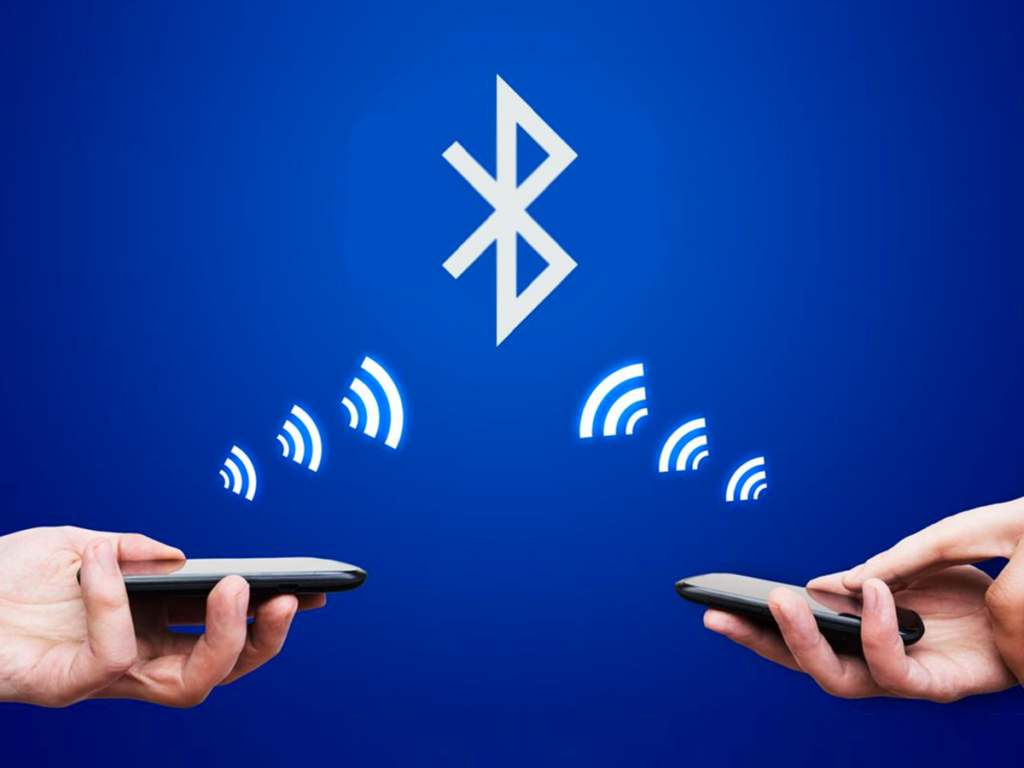
Android, Linux, Mozilla Firefox, Google Chrome and VLC Media player are just the tip of the iceberg as far as open source applications are concerned. The Internet is also open source as most of its fundamental functions are built using open source resources. Open source is a type of licensing agreement whereby users are allowed to modify the original work (either software or hardware), use it in other ways, integrate it with other products or come up with a new type of work based on the blueprints of the original.
It is the success of open source software that drove Arduino into pioneering the open source hardware (OSHW) model. OSHW model embodies the principles of the open source initiative, hence, it encourages amateurs and accomplished engineers alike to study, make, distribute, or modify hardware whose design is available in the public domain. The role and functionality of open source hardware have been improved by the incorporation of wireless communication technologies, particularly Bluetooth.
- Open Source Hardware
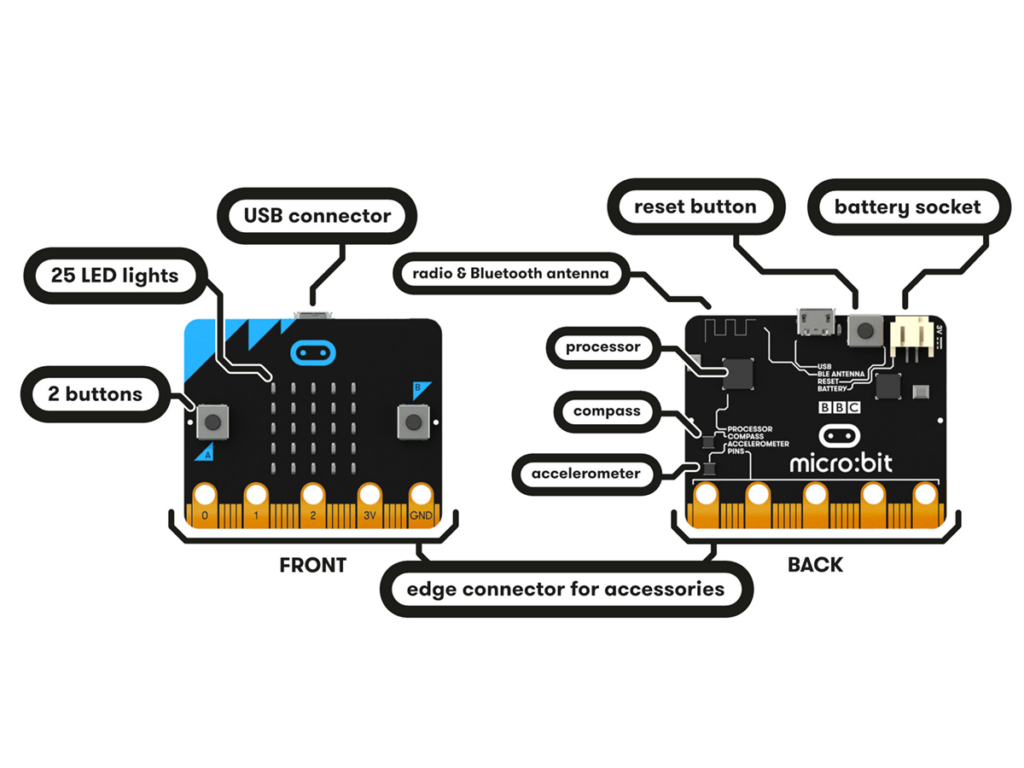
For many years, OHSW maintained a low profile only being used by makers and a few hobbyists. In 1997, Bruce Perens started the first Open Hardware Certification Program in an attempt to popularize and encourage uptake of OSHW. The efforts did not immediately bear fruit. It was not until 2007 when TAPR created the first open hardware license. 2010 marked the turning point in OHSW’s history, it was during this time that the first Open Hardware Conference took place. It was held in New York City. Many innovators, including four members of the Arduino team, were in attendance. Based on the discussions of this meeting, Open Source Hardware Definition 0.1 was developed. After that, tangible progress and adoption of OSHW started being witnessed.
OSHW has since attracted many silicon vendors both established and newbies alike. This has resulted in the availability of affordable development boards and single board computers across the globe. Good examples of these development boards and single board computers are the Arduino, Beagle, Raspberry Pi, UDO, and the Orange Pi. Some of these single board computers like the UDOO NEO are very powerful. The UDO NEO has a heterogeneous processor that incorporates 1GHz ARM Cortex A9 and the Cortex- M4. It has a 9-axis sensor and built-in Wi-Fi and Bluetooth. It has HDI, Ethernet, USB 2.0, LVDS and MicroUSB ports, The NEO can run both Android and Linus operating systems.
The adoption of recent advances in wireless communication into these single computers has made them very good candidates for IoT. Web-based Integrated Development Environments IDE’s have also enabled engineers and hobbyists with basic coding skills and little knowledge of wireless communication technologies to expand the role OSHW in IoT. These roles could range from logging of data,connectingwith smartphones via Bluetooth, to enable them tostore the data in Cloud servers or simply sending a text message.
- Bluetooth, OSHW, and IoT
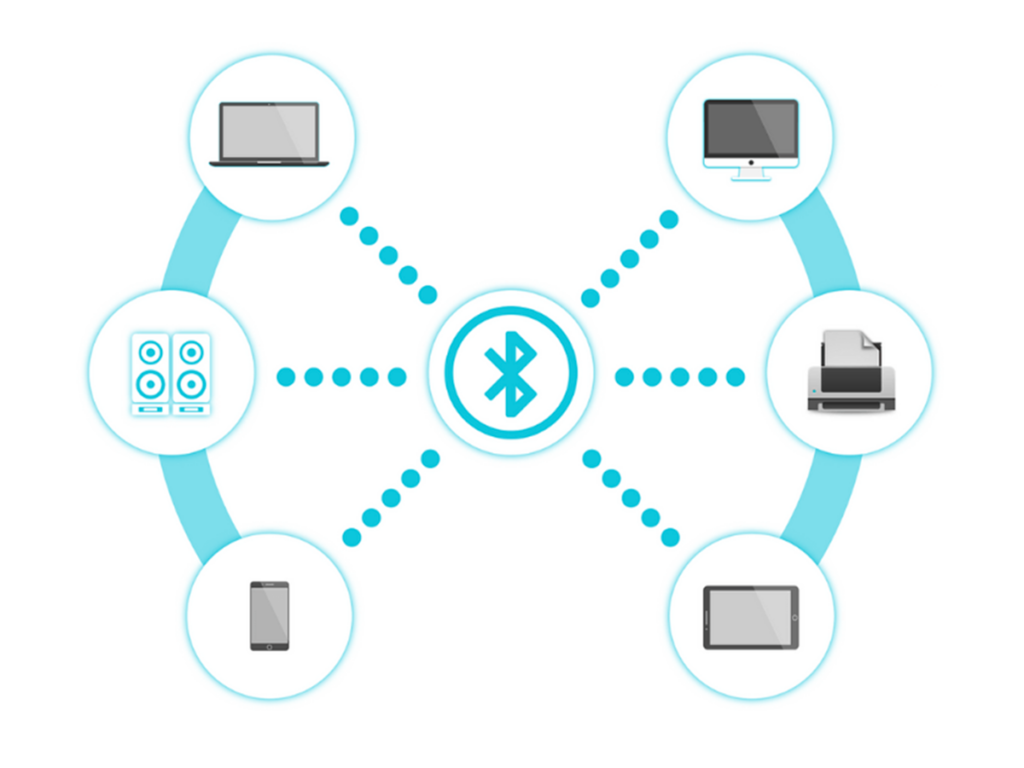
Bluetooth has for a while now been a key form of connectivity for IoT. This can be attributed to the fact that Bluetooth is a fast, and very affordable way of achieving Personal Area Network (PAN) owing to the fact this technology is already incorporated in smartphones and other wearables. It is also familiar to both users and developers. Bluetooth Low Energy (BLE) has particularly been preferred by manufacturers due to the fact that it consumes less power. The other advantages that make BLE a popular choice because ofmulti-vendor support and frequent revision of the open standard.
Silicon chip vendors supply chips that are compliant with BLE’s Physical Layer and a firmware stack. This way, engineers, and hobbyists can now develop their own application code that is then compiled by development tools in order to form an additional stack layer. For instance, a designer could add an application code to BLE firmware that will gather, process and periodically send data about temperature variations to a smartphone. However, this process is tedious and requires a lot of skills. To eliminate this tedious exercise, OSHWshave integrated BLE into single board computers. This way, all a designer needs to know is to configure the single board computer. By doing so they will be able to easily set up a wireless link to a smartphone amongst other Bluetooth enabled devices.
Bluetooth enabled OSHW coupled with Bluetooth beaconing and mesh networking has already inspired IoT adoption in smart homes. It is expected that with the improved connectivity owing to mesh networking and ease of configuring single board computers, IoT adoption in industries will grow profoundly.
You May Also Like this : “//blog.enrgtech.co.uk/the-top-5-wireless-technologies-for-iot-enrgtech-ltd/“
- Bluetooth 5.0
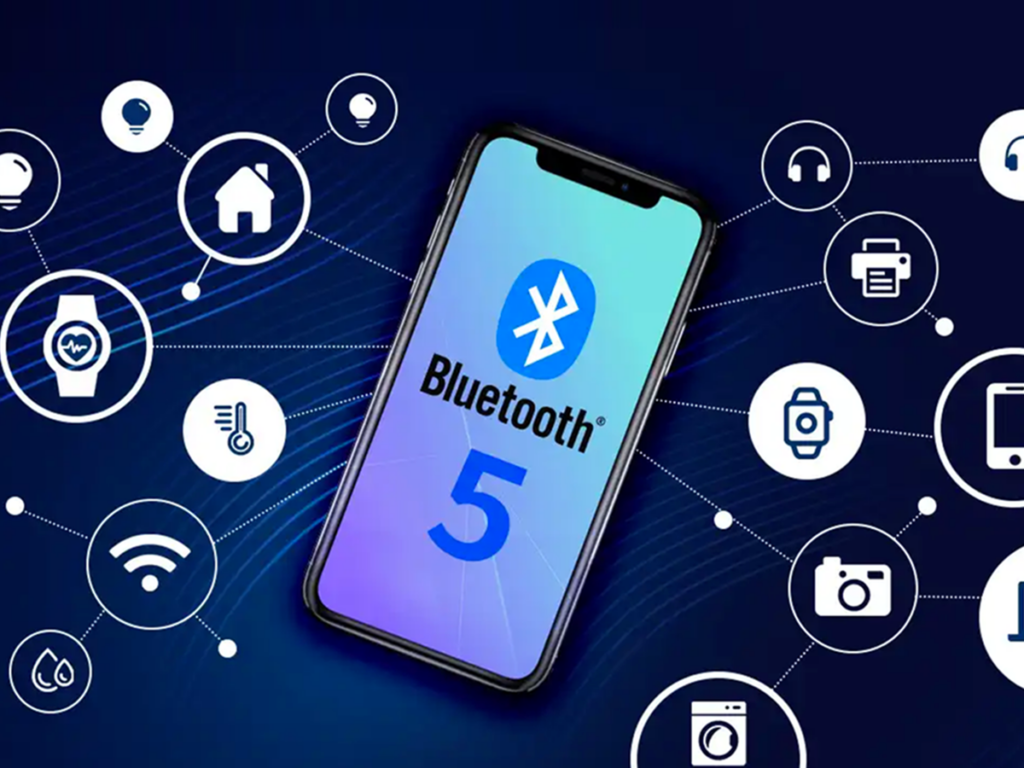
Bluetooth 5 was launched towards the end of last year, 2016. Bluetooth, Classic remained the same in version 5.0 but Bluetooth Low Energy (BLE) underwent numerous upgrades. The speeds have doubled from 1Mbps to 2Mbps, its data capacity is 8 times greater. BLE 5.0 offers range four times better than the previous version. It’s also more stable despite consuming as much power. BLE 5.0 combined with a powerful single board computer and new networking technologies could revolutionize IoT in a big way. It will make IoT in industries more feasible and hence more accelerate its absorption the world over.






